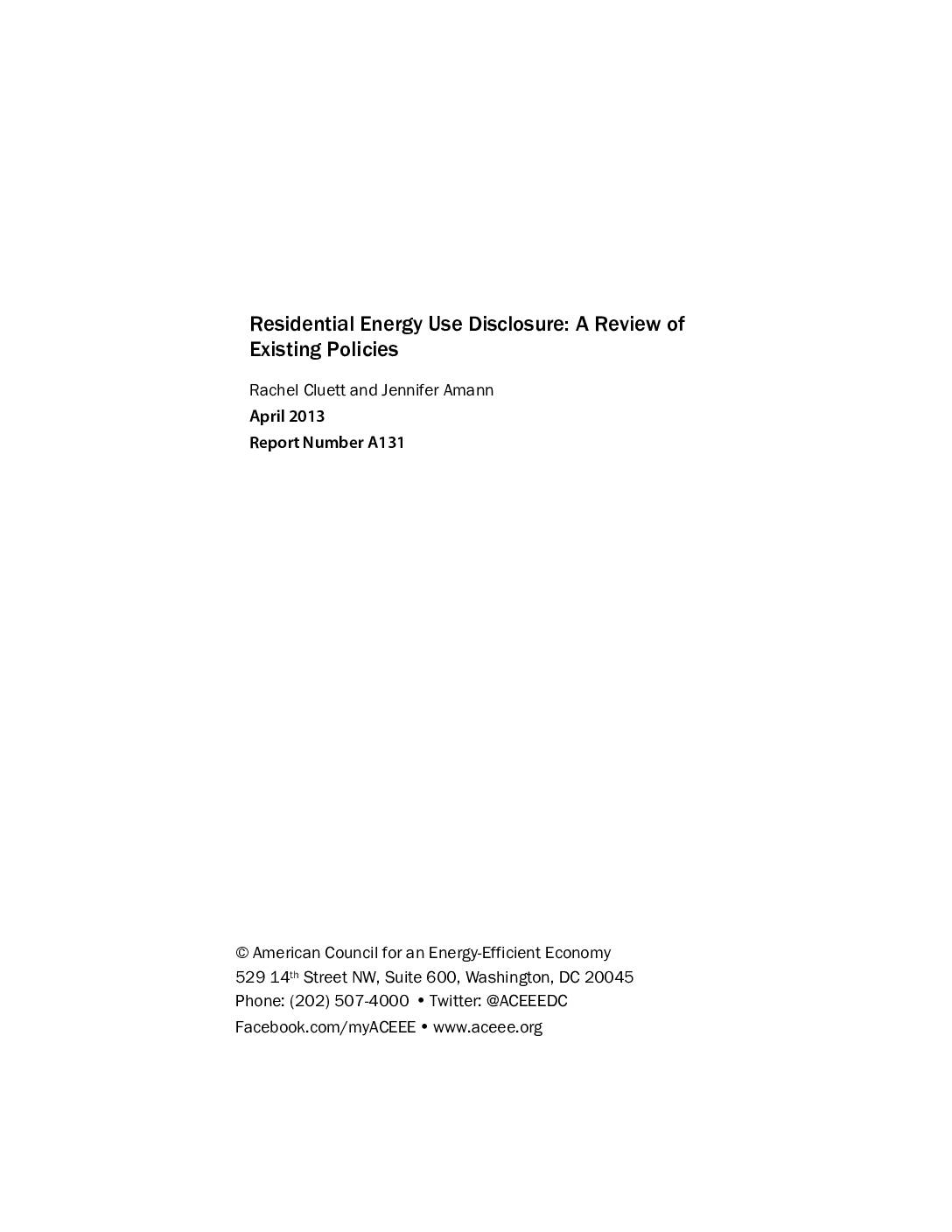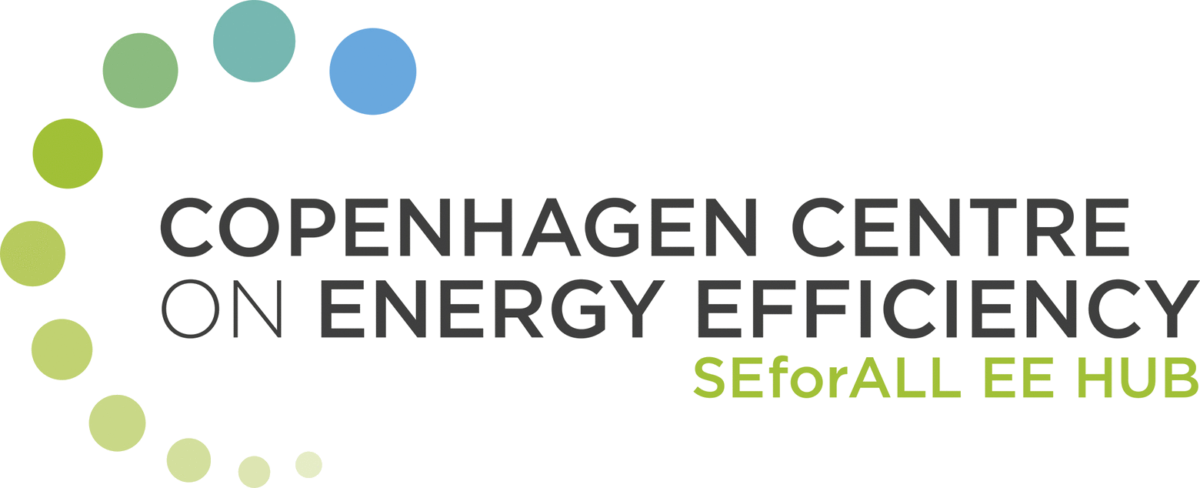Several jurisdictions in the United States have recently adopted residential energy use disclosure policies. Residential energy use disclosure is a promising policy option for a number of reasons, including (1) how it might motivate people to address valuation of energy-efficient homes in the home sale process; (2) how it can encourage energy efficiency upgrades for sellers aiming to make their home stand out in the market and/or for new buyers; and (3) how it can generate information needed for better valuation of energy efficiency improvements in a home for appraisals and mortgage underwriting.
This report is structured as a review of the four main types of energy use disclosure being implemented in the U.S.: asset ratings; utility bills; energy efficiency features; and benchmarking. This is followed by an examination of energy disclosure/rating methods that are not mandatory but provide interesting insight into issues surrounding labeling programs. Efforts to disclose energy use and energy efficiency characteristics abroad are also explored in this report, and a number of studies on the effectiveness of longstanding residential energy performance rating programs are highlighted.
Share this

Sectors: Cross cutting, Equipment and appliances, Renewables
Country / Region: Northern America, United States
Tags: corporate reporting, energy, energy efficiency, jurisdiction, policy optionsKnowledge Object: Publication / Report
Published by: ACEEE
Publishing year: 2013
Author: Rachel Cluett, Jennifer Amann
